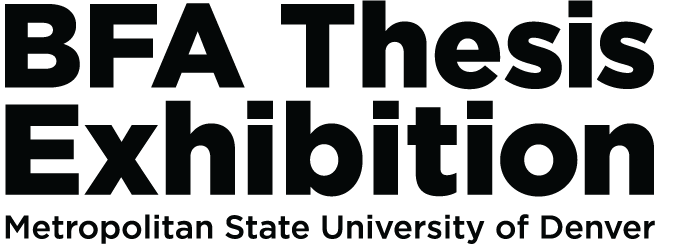Я = I, The Power of a Letter
Eve Adair
The use of Faux Cyrillic in advertising and social media is not a mere cultural appropriation out of ignorance, but a carefully crafted form of propaganda. Faux Cyrillic is a common practice of replacing Latin letters with Cyrillic ones purely for visual appearance, rather than for the similarity in sound. It turns the letters into codified images that are partially legible to an English-speaking audience. Semiotic representation of culture’s linguistic identity, the alphabet, is linked to Freud’s theory of the uncanny. Cyrillic letterforms simultaneously carry “otherness” and familiarity, making the visual cues stimulate subconscious feelings. The simple act of switching Cyrillic and Latin letters slows down the reading speed, which elicits more attention to the subject and as a result increases the retention of the message conveyed.
In my installation, I create a sculptural rendition of the most used letter Я [ia], which also goes by “the backwards R”. It carries a special connotation in Russian, a pronoun meaning I, it is also the first letter of язык — language. In the installation, the purity of the Cyrillic letterform and its meaning is opposed to R, the letter for Russia and red, covered in examples of misuse. Singling out Я, putting it on a pedestal, rather than presenting the whole alphabet in its mass, helps convey the idea of individuality and identity. The letter is drawing attention to itself as it symbolically rotates and reveals both of its sides.
Presented through a Western lens, the linguistic identity is skewed to serve a specific purpose. By carrying a strong connection to Russian culture, the alphabet creates a certain allure of exoticism, becoming a tool to spark interest and convey uniqueness. In some cases, it manipulates political behavior by enhancing the sense of “otherness”. Я presents to a viewer the power of a letter.



